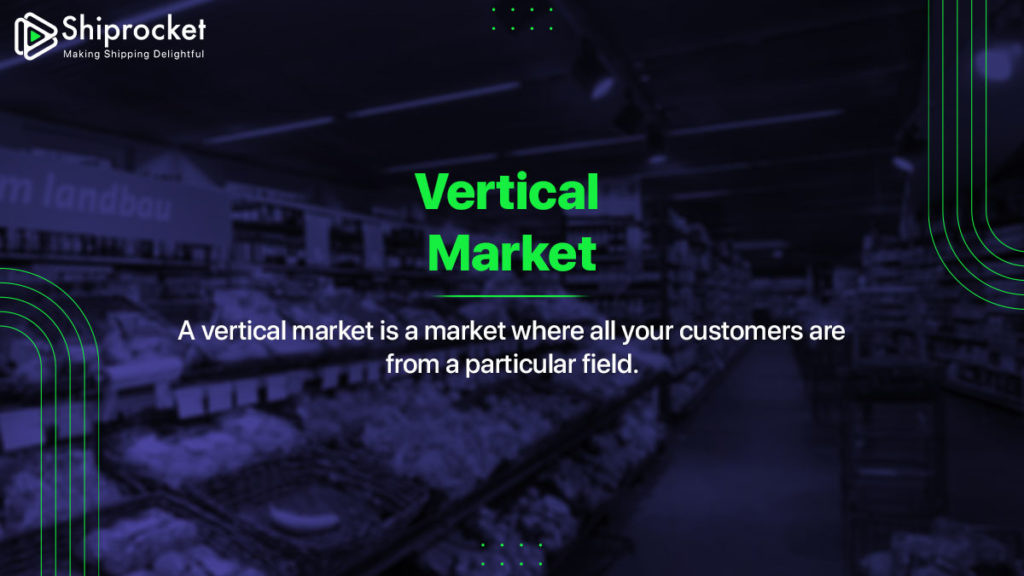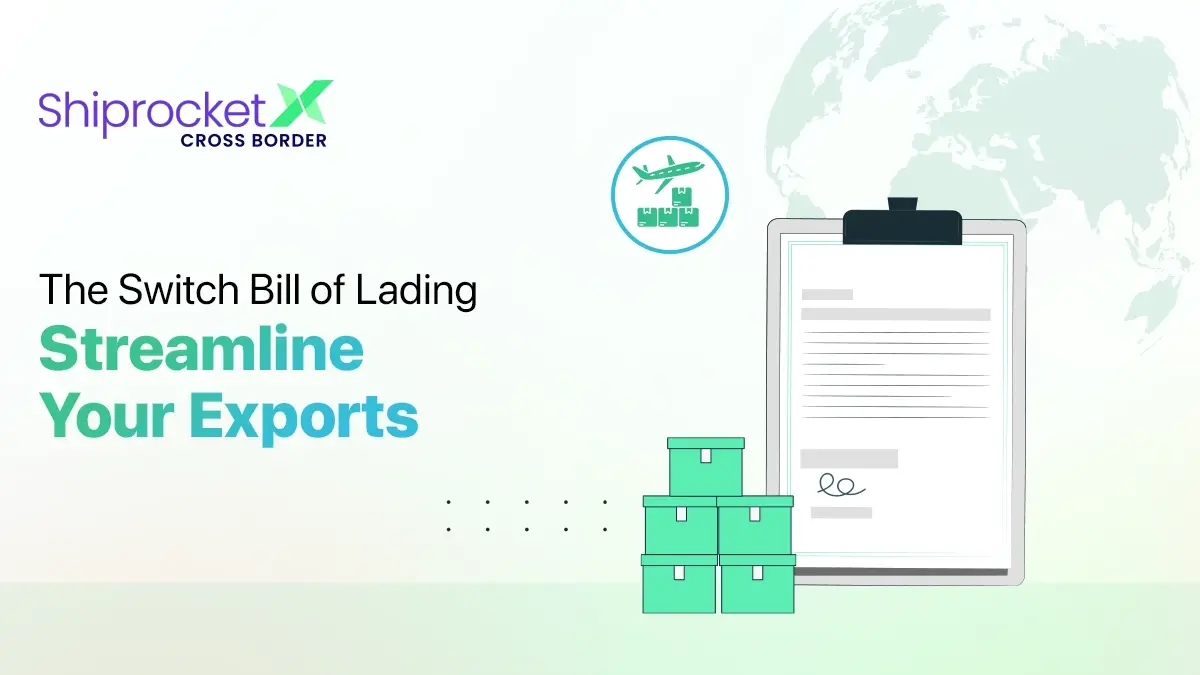A Deeper Look at the Concept of Vertical and Horizontal Retail Markets
When it comes to reaching out to the customers, companies put their best foot forward. They begin by understanding the customer personas, their likes and preferences, which social media platforms they are more dominant on among various other things. The idea is to gather as much information about the customer that helps in identifying them and figuring out how the brand’s products fit into their needs. The more information companies have about their customers, the better they can personalize their marketing efforts and reach out to the customer.

After all, in today’s world, customers don’t want to be addressed like a mass. Instead they want to be spoken directly by a business. Ultimately the responsibility of such a task comes to the shoulder of marketers who are looking for ways to engage the customers and drive conversions in different markets.
The strategies adopted by marketers differ depending upon the market that they are appealing to. Are you a specialist in your industry, or do you have a product or service that generally appeals to your audience? Such differentiation can help us understand which market your product best fits into and follow its relevant strategies.
Even if you haven’t gone into the technical details to understand the right kind of product, you are already clear upon the nature of your business and planning steps to gain a competitive edge. However, only if you had the information of the market you’re looking forward to, your business would not just have scaled unprecedentedly but also better targeted your competitors.
So, we’re here to demystify this secret and help you gain a deeper understanding of a market. Regardless of whether you’ve heard the terms Vertical and Horizontal market, you’re already doing business in one of them right now. Let’s take a deeper look at what these markets are all about-
What is a Horizontal Market?
You’re in the horizontal eCommerce business, if your products appeal to a large number of people. In other words, they range across categories and geographies without having to be dedicated for only a limited number of customers or groups.

In spite of the fact that you might not have specifically known about the term horizontal eCommerce, you must have seen quite popular companies appeal in the domain. The example of one such company is Amazon.
Amazon is the most famous business that has established itself in the horizontal eCommerce market. It sells products from the largest number of categories such as books and stationery, groceries, electronics, apparels all the way to toya, music and even video content. It wouldn’t be incorrect to say that Amazon is the king of horizontal eCommerce and no one does it better than it.
Horizontal markets are more often those where customers head towards for a complete one-stop solution for all their needs. The businesses in the horizon market, entice customers by convenience. Just like in the case of Amazon, if a customer wants to purchase different kinds of products such as gifts, clothes as well as books, they know that if they head to Amazon, they will find everything they need under one roof.
This leads us to another inference that regardless of the fact that which industry does your customer belong to, they do the same things with your products. Another great example of a horizontal market is the search engine Google.
Google is used by all people, no matter which segment of the business or industry they belong to. And they all use it for the same purpose, to look up things on the Internet.
What is a Vertical Market?
Another market that falls into the picture is the vertical market. It is quite the opposite of the horizontal market and establishes itself as an expert in a field. In other words, a vertical market is a market where all your customers are from a particular field.

Vertical eCommerce businesses enjoy the status of being specialists in the industry. For example, the search engine Noodle is a platform dedicated to the educational industry. Therefore, only those people who are interested in academics will use it. However, within the industry these customers can be from multiple subfields and like kindergarten students, people looking for a dance course, mathematics learners among many others.
The advantage of being in the vertical market is that they are able to showcase the product much better. For example, if you’re only selling baby products, you establish yourself as an expert in the industry and can highlight the features and benefits of your products more effectively.
Vertical markets bring more value to customers. As a brand, you can emphasize that since you’re selling only one kind of product, you know the industry better and ultimately understand the needs of the customer more deeply.
For example, suppose you are an online pharmacy selling medicines. In that case, you will write dedicated product descriptions that appeal to over the counter pharmaceutical companies and help the customer understand your product better.
Even though you might think that all niche businesses fall into the category of vertical markets, it is not the case. Take, for example, the case of hyperlocal delivery services. These services are far more niche because sellers have a very precise iea of the customer’s needs and demands coming from a particular geographical area. In other words, there are different categories of vertical markets. But, there’s one constant thing- businesses specializing in a specific niche use vertical marketing to narrow down their demographics, geographies, and other parameters.
No matter which market segment you belong to, paying attention to the order fulfillment process is a key factor in an eCommerce business. It won’t matter how good your products are until you pay attention to your order fulfillment strategy and make the most of it by choosing an appropriate courier partner. For example, signing up at Shiprocket’s one-stop logistics platform can ship to over 26000+ pin codes in India at rates starting Rs 23/500 grams. The platform also helps you grow your business by 4% and reduce your return orders significantly. It’s free! Why not give it a try today?






